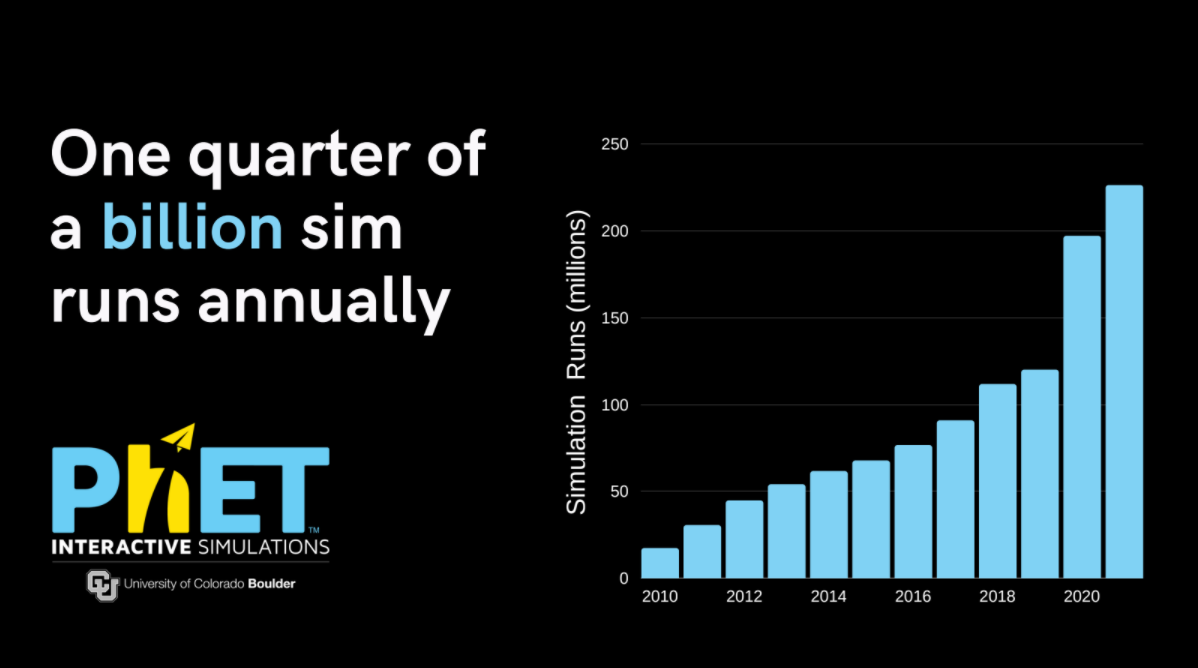BOULDER, Colo. (KDVR) — In the spring of 2020, teachers and parents across the world scrambled to find the best way to educate students, without the ability to be face to face. Turns out, a tool created in Colorado played a fundamental role in education across the world and exploded in use over the past two years.
“PhET was founded actually in 2002 when Carl Wieman won the Nobel Prize in Physics,” Director of PhET Interactive Simulations Kathy Perkins said. “Through his experiences talking about his Nobel Prize science, he discovered the power of interactive simulations and actually used some of his prize money to start PhET.”
Wieman played a crucial role in the physics department at the University of Colorado, Boulder, and laid the foundation for PhET Interactive Simulations as a learning tool in the sciences.
The simulations are free, with more than 160 different situations that have been translated into about 90 different languages. While use topped more than 100 million simulations run before the pandemic, in 2020 the number nearly doubled.

“When the pandemic hit, we knew immediately that the PhET simulations were going to be an important tool for science teachers,” Perkins said. “They were already being used in the classroom effectively, but now science teachers had to leave the classrooms and leave the physical equipment they had.”
The first big step of growth the PhET team noticed at CU Boulder was when lockdowns shut down classrooms in Italy in 2020.
“When Italy was the first to sort of go into remote learning, just overnight the simulation use jumped by a factor of five,” Perkins said. “And overall internationally we’re seeing about six times the use that we saw in 2019.”
As the pandemic wanes and COVID cases drop in Colorado and across the country, classes are returning to in-person learning more consistently. Perkins said she sees PhET as a supplement for in-person learning, even though its popularity grew in the era of remote learning.
“The simulations can really transform the learning that happens in the classroom,” Perkins said. “A lot of times teachers will pair students up with a simulation and engage them in that exploration and discovery.”
